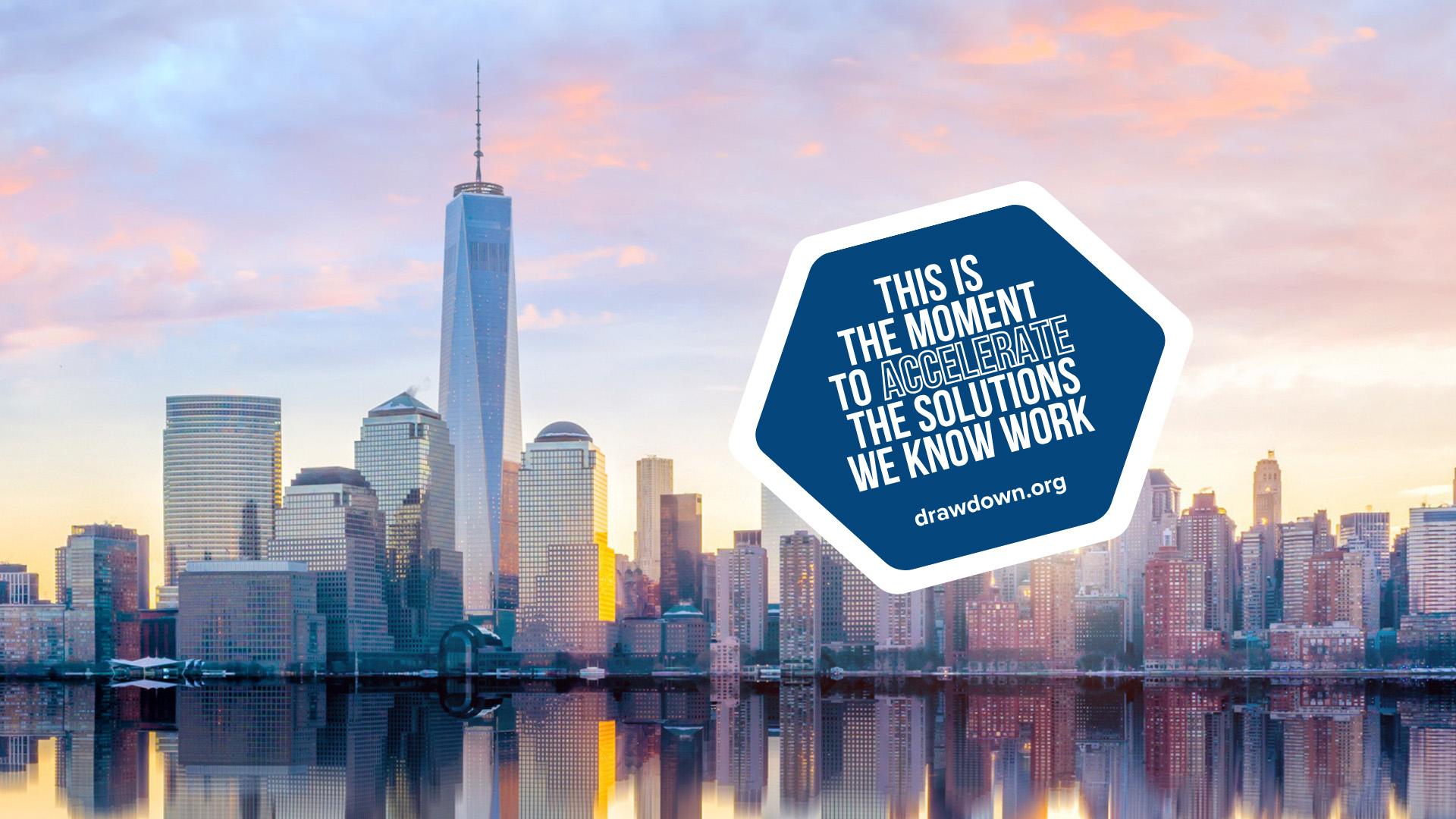But the bad news is that, even though we have made some genuine headway,we are not cutting emissions nearly enough or nearly fast enough.
Greenhouse gas emissions and global temperatures each hit new record highs in 2023. According to the latest State of Climate Action report, we need to speed up climate action in every sector except electric vehicle sales by 2 to more than 10 times. In some sectors, like public financing for fossil fuels, we are actually going in the wrong direction.
It’s time to regroup and shift our focus from defining the problem and cataloging solutions to identifying and changing the underlying conditions that are impeding climate action and enhancing the ones that can accelerate it.
Overcoming Obstacles
Some of the roadblocks we need to overcome are structural and institutional. For example, particularly in developed countries, we live in a society built on a foundation of fossil fuels, from electricity generation and transportation to constructing and powering the buildings we live and work in. We can lower this barrier to climate action by preventing new fossil fuel–related development and retrofitting existing infrastructure and systems to produce, transmit, or run on clean, carbon-free energy.
Other roadblocks are more intentional and need to be dismantled. The fossil fuel industry, which knew about the climate impacts from burning its products 40 years ago, has engaged in a decades-long campaign of predatory delay to stall climate action. After its efforts to sow doubt were demolished by science, the industry is now claiming industrial carbon capture, an unproven and expensive technology, will counteract the emissions produced by their products. Overcoming this type of obstruction requires exposure, compelling factual evidence and counterarguments, and political, financial, and social pressure to erode the industry’s credibility and social license to operate.
The most obvious obstacle to climate progress is lack of money. According to the International Monetary Fund, by 2030 the world will need US$5 trillion per year to slow and adapt to climate change, four times more than total government and private-sector climate funding in 2023. Fortunately, climate action is an excellent investment, since the costs of climate change are much higher than the costs to stop it. There are also opportunities to redirect current expenditures, such as government subsidies to fossil fuel companies. The International Monetary Fund calculates that coal, oil, and gas received US$7 trillion in subsidies in 2022, more than $1.3 trillion of which as explicit cash subsidies. (Most of the balance was for unreimbursed costs of environmental and health damages – another reason to phase out fossil fuels.) This could make a big dent in the climate funding shortfall while also transforming a money-related roadblock into a bridge for climate action.
Enhancing Accelerators
In addition to overcoming obstacles, we need to push the right public- and private-sector levers for institutional and societal change–policy, regulation, law, technology, markets, finance, business norms and standards, and culture and behavior. For each category of climate action, from cutting fossil fuels to protecting forests, some levers will be more effective than others. And because different actors control or influence different levers, we need to engage the right players.
Supportive public policies that incentivize climate action or disincentivize emissions are powerful accelerators. For example, the Inflation Reduction Act, which provides funding for the clean energy transition, is spurring home electrification and the uptake of electric vehicles. The U.S. Environmental Protection Agency’s proposed rule to reduce emissions of methane, a greenhouse gas more than 80 times more potent than carbon dioxide, fines oil and gas companies that fail to fix leaks in their operations.
Other levers for climate action are less direct. For example, deforestation is responsible for 11% of global emissions. Nearly half of all vulnerable forests are on Indigenous peoples’ lands. Using the law, national policies, finance, and technology to support Indigenous and local communities to secure and enforce land tenure rights reduces forest loss. In contrast, the most impactful approach to reducing food waste, responsible for 8–10% of greenhouse gas emissions, is to increase consumer awareness of the impacts of food waste and show how to make meaningful changes.
Being More Strategic
Finally, we need to be more strategic, targeting our efforts on the actions, places, and societal systems that will produce the greatest and most immediate impacts to reduce emissions and slow warming. For example, methane is responsible for 30% of observed global warming even though, once emitted, it persists in the atmosphere for only about a decade. Reducing methane emissions from agriculture, oil and gas extraction and operations, and landfills, which we know how to do cost effectively, will slow global warming much faster than comparable reductions in carbon dioxide emissions.
Another approach is to identify “sensitive intervention points” where small or moderate-sized actions can have outsized impact and drive transformational change. For example, energy system transformation has reached a positive tipping point now that low-carbon technologies like wind and solar power are cheaper than the fossil fuel equivalent. Sensitive intervention points can also be a critical point in time – a window of opportunity – that renders a system ripe for change. They also can be a critical node in a network, such as the availability of trained heat pump installers to replace gas heating in buildings with electric heat pumps.
Our Choice
There are, of course, other factors – benefits, trade-offs, risks, and uncertainties – to consider as we transition toward a net-zero-emissions world. But the alternative, if we fail to limit global warming, will be bad for everyone.
“The future is very much in human hands, and our choices are really going to determine how hot it's going to get,” says my former colleague Kate Marvel, co-author of the recent National Climate Assessment. So, as the clock ticks down, it’s time to focus climate action on the underlying conditions that can hinder or help our efforts. This is the “hard part.” This is the next big task for all of us working to stop climate change.












